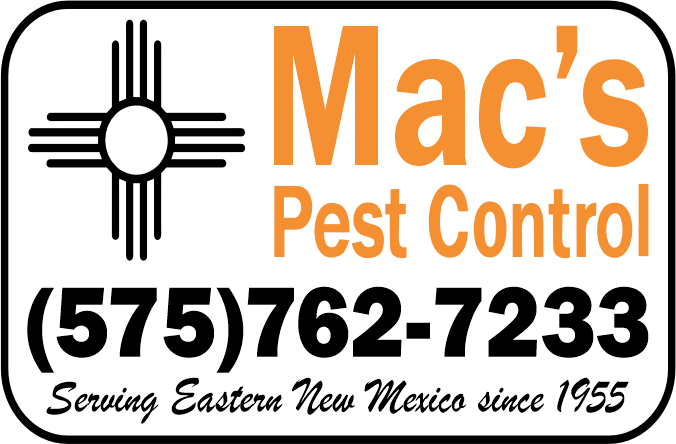Gnat Control: Tips and Strategies to Manage Gnat Infestations
Gnats are small flying insects that can be a nuisance indoors and outdoors. They are attracted to moisture and can be bothersome to humans. Effective gnat control involves understanding their behavior,
eliminating breeding sites, and implementing
preventive measures.
-
 Appearance
Appearance Gnats are small, delicate insects with long legs and antennae. They may be normally much less than 1/eight inch in size and regularly have a gray or black color.
-
 Behavior
Behavior Gnats are attracted to decaying organic matter, moist environments, and food. They are known for flying around people, fruits, and areas with high humidity. Some species bite and can cause irritation.
-
 Diet
Diet Gnats feed on various sources, including decaying organic matter, fungi, and plants. Some species, like biting gnats, feed on blood.
-
 Habitat
Habitat Gnats thrive in damp environments. They can be found near over-watered plants, in kitchens, bathrooms, and areas with stagnant water. Identifying and eliminating breeding sites is key to effective gnat control.
Prevention
To prevent gnat infestations, reduce excess moisture in and around your home, fix leaky pipes, empty and clean pet water bowls regularly, and keep trash cans sealed.
Treatment
Gnat control treatments include removing breeding sites, using insect traps, applying insecticides, and improving overall hygiene. For severe infestations, professional pest control may be necessary.
This article provides vital insights into gnat behavior and effective strategies for gnat control. By reducing moisture and addressing potential breeding areas, you can effectively minimize gnat infestations in your living spaces.
Steps to Help you with Gnats
-
Inspect
-
Protect
-
Exterminate
-
Maintain
Get Started Today! Call us at 575.762.7233 or




